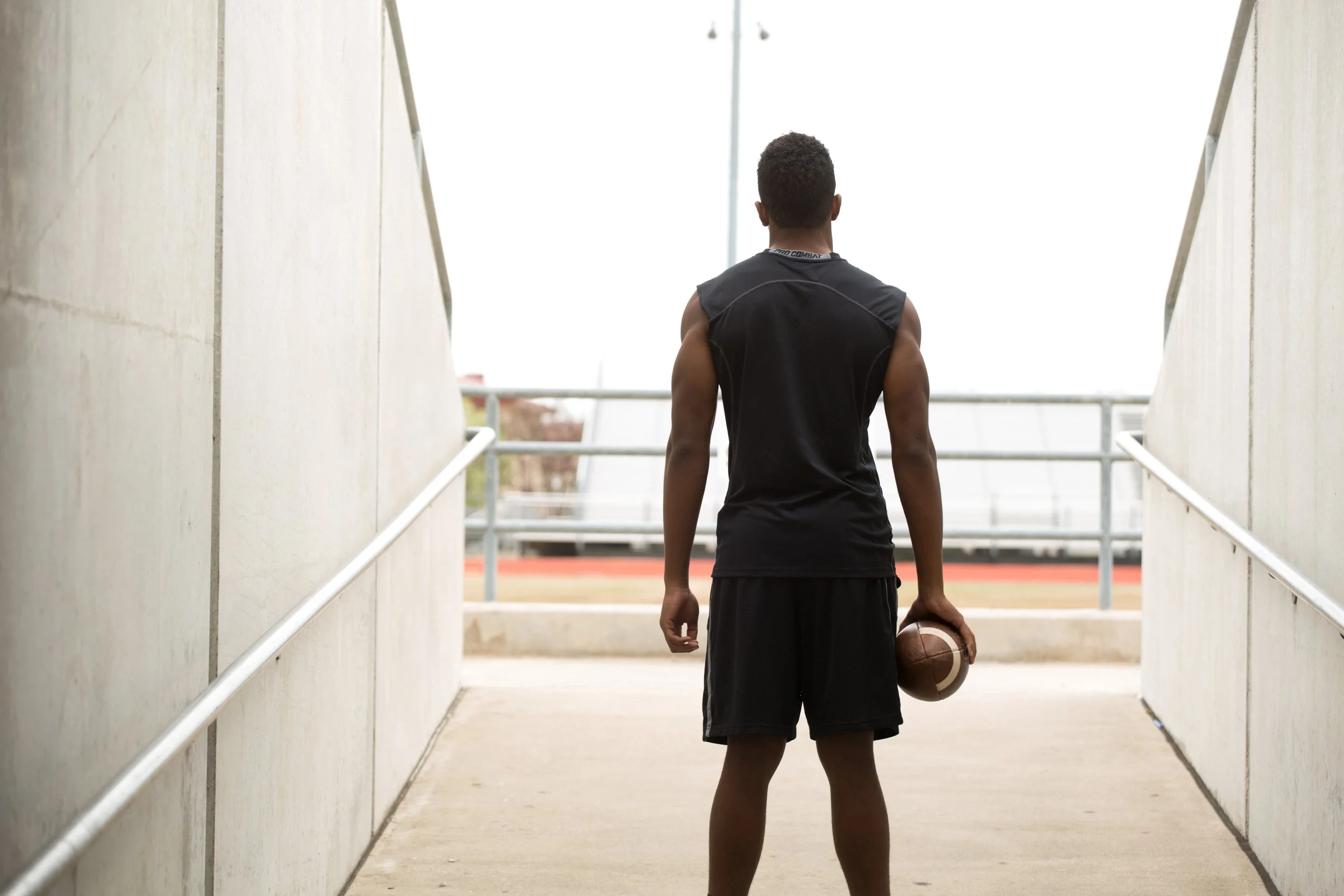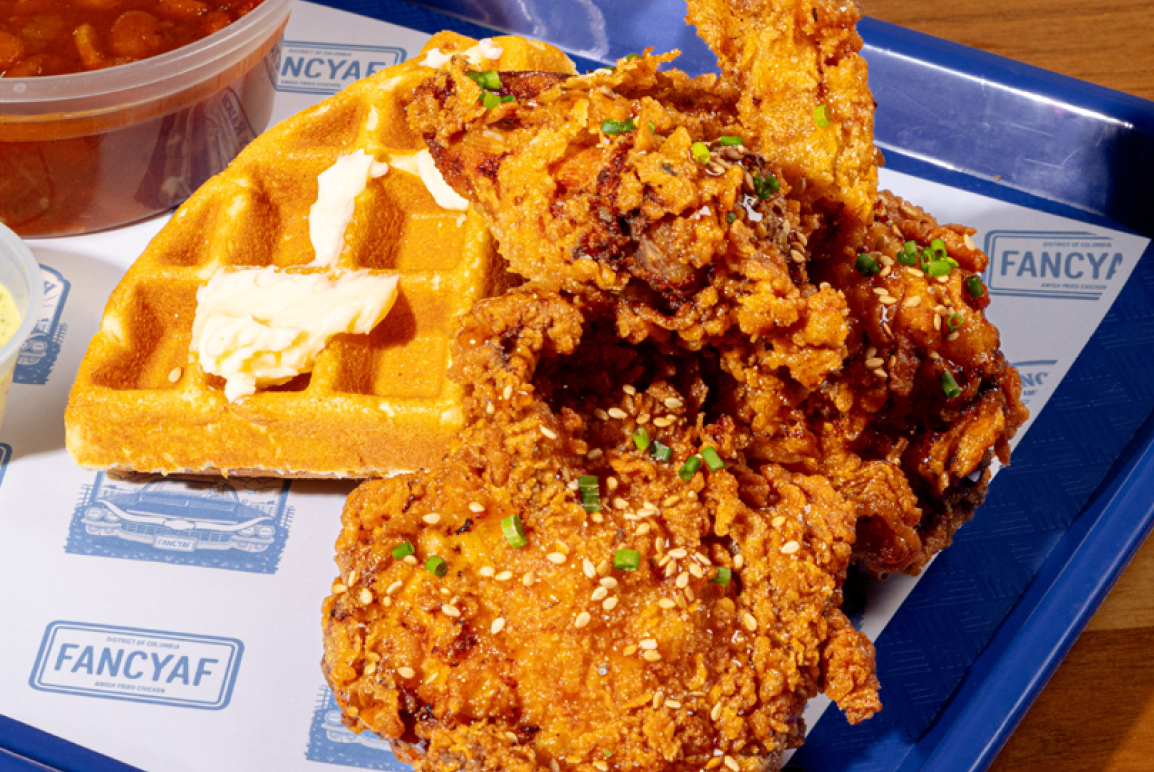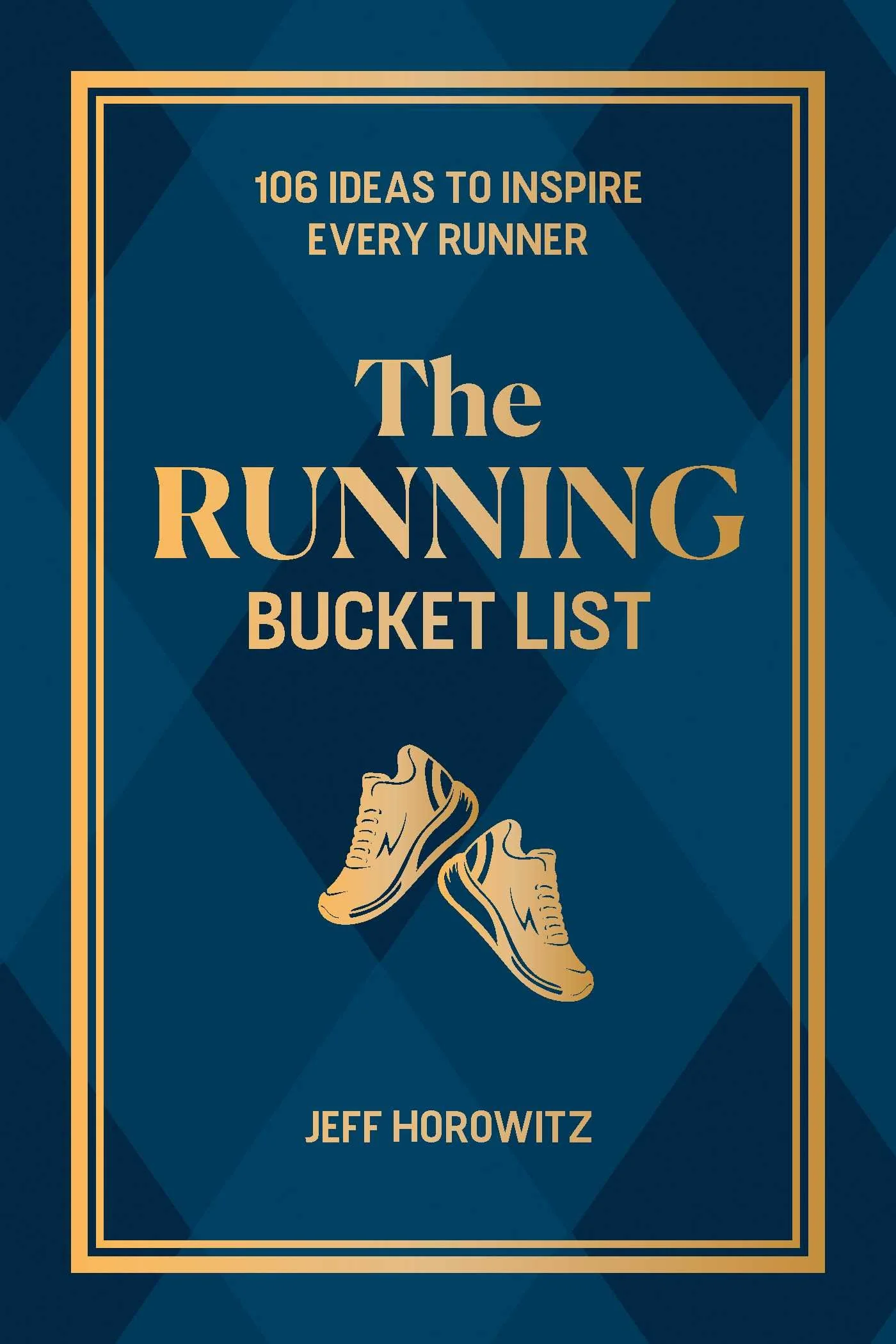As we look to other cities around the globe that will continue to showcase SS26 fashion in menswear and womenswear, this month, we’re sharing a recap of some of the shows that we attended and what stood out during this season’s NYFW.
JANET MANDELL NYFW SS26
We kicked off our first day of NYFW at the Janet Mandell show which took place in the LES at The DL. Her show was A Tribute to Vintage: Janet Mandell’s Archival Runway. Earlier this year, we had the pleasure of attending her showroom here in NY (she also has them in Chicago and Los Angeles) which is home to rare vintage who has dresses the Kardashians, Rachel Zoe, Mindy Kaling, and more.
To see these pieces on the runway with a candlelit backdrop on a rooftop, we loved seeing some of the most coveted looks in luxury rental fashion! This show showcased rare looks from the 90s and early 2000s with designs by Roberto Cavalli, Christian Dior by John Galliano, Gucci by Tom Ford and Gianni Versace.
At the conclusion of this show, which left a number of the guests in a dream to see these pieces all in one place, we enjoyed champagne after the event as a means to get ready for a busy season ahead!
PHOTOGRAPHY COURTESY | PG 122 - 123 Janet Mandell |
MORPHEW FLAGSHIP LAUNCH
Interestingly enough, upon leaving The DL, we made our way around the block to Morphew who had a lovely get together to launch their new location of their vintage luxury fashion and art. Their collection includes ready-to-wear, rare luxury vintage, and atelier pieces.
NEW YORK MEN’S DAY MORNING SESSION NYFW SS26
Although we had attended functions the night before, NYMD took place on the first official day of NYFW. This event is one that we enjoy due to the fact that over the course of the morning and the afternoon, you see a curated group of designers.
Both sessions took place at the Mercedes-Benz of Manhattan, which is a large showroom. This season’s presenting sponsors were PROJECT (represents what’s new, now, and next in men’s contemporary apparel, footwearm and accessories) and COTERIE (is the premier women’s contemporary to advanced apparel, footwear, and accessories platform).
The venue host was at the Mercedes-Benz of Manhattan showroom, which allowed attendees to see all the shows, while also being immersed in a luxury space showcasing this brand and partnerships.
In this first group of shows, 4 brands presented their collection to attendees. archie was part of NYMD for the first time. They shared their line with their models rotating on a playground spinner with neutral tones. It was a great way to see the movement of the collection as well as to see everything together.
Peak Lapel was back for another season and had a number of tipped blazers in primary colors with a nod to preppy style. As opposed to being in motion, this presentation of this collection allowed attendees to see them playing chess and had a feeling of sitting in the park as opposed to being in a luxury showroom with G Wagons nearby.
Clara Son is a menswear brand that was back for another season. This collection had a playful take on menswear while incorporating suiting and great separates. There were pops of colors as well as neutrals. It’s always a line that has a distinct point of view.
The last designer to be part of NYMD for the morning session was Oxblood Zebra that returned for another season. This collection has signature pieces that reminded us of items that your favorite artist or athlete would wear.
PHOTO CREDITS | PG 124 Oxblood Zebra/Angel Flores | PG 125 Max Esmail |
RYNSHU NYFW SS26
Rynshu’s box style show allowed every attendee to see the looks that hit the runway at all angles. Although this brand was new to us, we loved the flowing silhouettes, sequins, and a clean palette.
IG @rynshu
PHOTOGRAPHY COURTESY | PG 127 Rynshu |
NEW YORK MEN’S DAY AFTERNOON SESSION NYFW SS26
We made our way back to the Mercedes-Benz of Manhattan showroom to see the afternoon shows, which included 4 additional designers.
For the first time, FIT MW25 Collective shared a curated group of designs! It’s always nice to see what the next generation of creatives and designers are looking to do to put their fingerprint on this industry!
Bryan Jimenez introduced their menswear collection for the first time at NYMD this season! We found that this collection has great core essentials that could be worn dressed up or even casually. It also had such an easy sensibility that we can’t wait to continue to see more from this designer and how it will evolve from season to season.
The first time that we had seen Joseph McRae, it was at another season of NYMD. If you have been watching the current season of Freeform’s Project Runway, you know that he was a contestant and he brought the drama in a number of the challenges. We’re not doing a spoiler alert in case you have yet to see it. As usual, he likes to play with proportion, he’s phenomenal when it comes to dramatic pieces that make a statement.
Max Esmail returned with suiting and outerwear in menswear. The fact that we were at the Mercedes-Benz showroom, it was a great backdrop for this Miami Vice gotham style look.
IG @fitnyc
PHOTO CREDITS | PG 125 Max Esmail |
CHRISTIAN SIRIANO, MACY’S I.N.C X CHRISTIAN SIRIANO + RECEPTION NYFW SS26
A Christian Siriano is an event not to be missed, from star studded attendees, to fashion that is always next level, we were excited to see his NYFW SS26 runway show that took place at Macy’s. Transformed into a golden draped space his muse, Coco Rocha opened and closed this phenomenal show which was filled with dramatic pieces.
Once this show completed, we made our way to the executive floor of this iconic heritage department store, where they had a gallery of curated looks by the designer who also serves as Creative Director of Macy’s I.N.C.
The selection of blazers that were embellished with details was nice to see as we made our way to the roofdeck to enjoy a cocktail reception. In addition to Christian coming to celebrate the 40th year of Macy’s I.N.C. he mingled with guests along with Coco Rocha herself.
IG @csiriano
PHOTOGRAPHY COURTESY | PG 128 - 132 Christian Siriano |
NATALIA FEDNER NYFW SS26
We have been fans of Natalia Fedner ever since we saw her S1 on Project Runway. She is known for creating Stretch Metal which has been created for dresses, tops, skirts, and swimwear. A number of celebs from Lenny Kravitz, Beyonce, Shakira, Jennifer Lopez, and more have worn her pieces. In addition, we have even styled her pieces in our cover photoshoot of an NFL Super Bowl Champion winner as well.
We enjoyed seeing her show on Sun night during NYFW for her SS26 collection which had a number of fun pieces in Metal Couture from solids to prints in her iconic 6-way Stretch Metal style.
PHOTO CREDITS | PG 134 + 135 Natalia Fedner |
FREDERICK ANDERSON NYFW SS26
For the past few seasons, we have enjoyed attending Frederick Anderson’s NYFW shows, and for his SS26 season, he focused on the concept of joy. There were definite beach vibes in his collection that made you think of booking a trip to Bali, Sao Paulo, and Miami. Of course they are perfect for warm nights right here in NYC!
IG @frederickanderson_designer
PHOTOGRAPHY COURTESY | PG 136 + 137 Frederick Anderson |
MOTT50 EDITION + COOLIBAR NYFW SS26
We ended our NYFW shows at 230 Fifth Rooftop Bar where Coolibar, a suncare brand for apparel showcased elements of their collection as a standing presentation, a runway show for Coolibar, and another runway show for their luxury portion of the line known as Mott50. Before and after the show, we enjoyed a sunny warm summer night in the golden hour which was paired with cocktails and light bites.
Protecting our skin and wearing products that have UPF 50+ built in is a great way to make sure that you are taking care of yourself. We had the pleasure of interviewing Supermodel and 90s icon, Niki Taylor moments before she made her return to the runway in this show as she opened and closed it!
ATHLEISURE MAG: It is so great to sit with you before you hit the runway! I remember when your first cover for Seventeen Magazine came out and it’s great to see how you have navigated your career. It’s so great to meet you.
When did you realize that you wanted to be a model?
NIKI TAYLOR: Oh my gosh! My mom was a model, she had done a couple magazine covers for Gold Coast back in the early 70s, and then she became a photographer. I think just growing up, I was always taller than everybody else. I think that’s when people were like, “oh, she should get into modeling.”
AM: Exactly!
NT: There were some teen things going on in South Florida, so we looked up modeling agencies in Fort Lauderdale and Irene Marie and Michele Pommier came up and I went to both of them. So my mom and I, we made a little black and white comp card and went to a photographer that took black and white photos. I just remember, that I had the hat and the bob and a couple at my mom’s photos we put on this comp card and we sent it into Irene Marie and they said no. They’re like, “nope, she needs braces - come back when her braces are off.” At that time, I was getting ready to get them. I did. I came back and there was a guy named JJ Cortez at Irene Marie. He was a modeling scout, and he said, “hey, we’re gonna sign you,” and the rest is history!
AM: You’ve had a phenomenal career from covers, hosting, and just so many different things. What do you love about what it is that you do, and did you envision that it would be all of this?
NT: I was a fan first. I would spend my allowance. I would ride my bike to the drugstore, buy a Harper’s Bazaar and Vogue, and then put Christy, Naomi, and Linda on my wall!
AM: Exactly.
NT: I would look at that and say, I’m going to do that! I think that the drugstore had Italian Vogue one time – I don’t know how it got there!
AM: But it was like destiny!
NT: It was. It was all of the girls doing fashion shows. I remember I was, like, oh my, gosh, there’s Helena Christensen. There is Christy Turlington, she’s my favorite. Anything that I could find with Steven Meisel that he shot was on my wall.
Irene Marie brought me to New York. I did a modeling competition for Spectrum, and I won that. And then, from there, I signed with them and then I went to, um, my first show which was Thierry Mugler when when I was 14. I just remember being the first model there. So I got to watch them all come in, and all the personalities that arrived! My dad had one of those little throwaway cameras. I remember my dad coming with me.
I sat down and Danilo was doing my hair, and I could see Helena Christensen behind me and smiling at each other. I just feel like I was more a fan and the fact that I am still doing this and I get to do this, I’m very lucky.
AM: Well, we love hearing about people’s fitness routines. So, what are 3 that you do that we should consider incorporate into ours?
NT: Well, this is my husband, Burney.
AM: Hello!
NT: We weight train and see a trainer twice a week. We do a lot of walking. We love riding bikes. Anywhere we go on vacation or from work, we try to find somewhere that has bikes.
AM: That’s so cute!
BURNEY LAMAR: Have you done the Citi Bikes?
AM: No, I have not done the Citi Bikes.
NT: Oh my gosh, you have to!
BL: They’re amazing.
AM: I don’t know, you have the crazy drivers and then you have you on the Citi Bike. Yeah, I don’t know about that.
BL: They have a dedicated lane for them!
NT: Oh yeah they have they green lane.
AM: Oh yes – as long as they adhere to that!!
NT: They definitely look out for that bike lane! Talk about getting around fast!
AM: That part is true!
NT: Especially if you are late for something. It does help having somebody with you.
BL: We were ripping around last night.
NT: We did! We went downtown to the Oculus on our Citibikes. Then he said, “alright, let’s take the train,” so we’ll took it back uptown. Then we took another bike so we’re always moving.
We also do a lot of cardio as well, in addition to trying to lift heavyweight 2X a week. It’s because of him that I do that, because if it’s just me, then I’m going to just want to stretch.
AM: Right, I thought that you were going to say pilates, but you have such a great mix.
NT: I just turned 50 and I’m a grandma, so I have a 9 month old grandbaby. His name is Nico. So, we just have to keep moving and that’s our workout routine pretty much!
AM: Are there things that you do when you’re about to do a photoshoot, campaign, walk the runway etc to get into that mindset?
NT: I just feel like we do something every day. I love food. I’m a good eater and I always have been. You can ask my husband, I go up and I go down. I can tell when things are getting a little tight, right?
AM: Yup!
NT: It’s just portion control and a little bit more cardio! I’ve always been like that, and I have a sweet tooth. I can probably put down dessert more than anybody here. I love my sugar. So I have to workout. To get ready for this, I just try to do something every day, and I’m just trying to bring up my heart rate and sweat a little bit.
AM: How did you get connected to this brand? And you know, how excited are you going to be to be able to be a part of the show today?
NT: I’m not sure you’ve met Luis.
AM: Not yet.
NT: Not yet, okay so he will be speaking a little bit tonight. Him and I, we worked together in Miami, before this company for another clothing company. I just grew up in South Florida. I’ve always been in the sun. I know the importance of protecting your skin, and I just wish I had this clothing back then. We love being outside. I could have used their sun sleeves. They have an amazing bandana. I love their sun hats, too. My daughter, Ciel and I, we got to do this shoot together, which was fun. And she’s very good about protecting her skin. She doesn’t go in the sun at all.
My dad struggled a little bit towards the end of his life and had squamous (Editor’s Note: A common type of skin cancer that develops in the flat, thin cells – squamous cells – of the skin’s outer layer). So they were cutting off little pieces of his shoulders – he would mow the lawn without his shirt on. He would run and he had no sunscreen and back then, we didn’t wear sunscreen!
AM: Back then it wasn’t something that we think about as much as we do not. And sunscreen is for everyone across skin tones, hues, shades and whether the sun is out or not – regardless of the time of year!
NT: Yes!
AM: If you are breathing, you need to wear and use it!
NT: Oh yeah and think about the areas you don’t think about like your ears and there are so many areas that just get avoided.
AM: Especially your neck when you’re hair is pulled up and you’re not thinking about it.
NT: I wish this clothing brand was out there back in the 90s, it would have been nice. But this brand is UPF 50+ protection from UVA, UVB, and It’s 98 protection. It was founded in 2001 it’s the first brand that earned the Skin Cancer Foundation recommendation.
AM: That’s huge.
NT: I just love that you’re protected and it does not wash out. It’s in the clothing.
AM: The lookbook was amazing and it will be nice to see the collection when it hits the runway! The pieces are just so modern, very stylish and flowy, and I just appreciate you taking the time.
IG @nikilovesu
PHOTO CREDITS | PG 138 - 143 Coolibar |
Read the SEP ISSUE #117 of Athleisure Mag and see NYFW SS26 EDIT in mag.






































































































